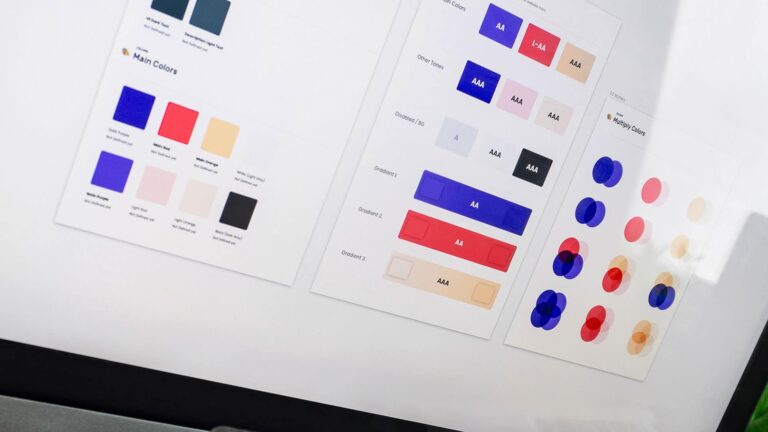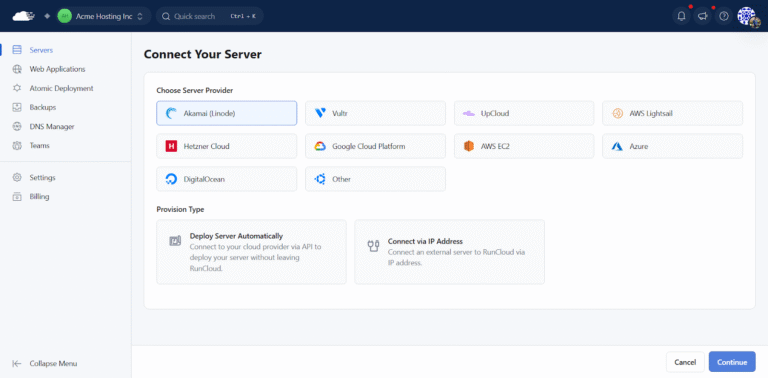
Budget
Video production can be expensive. If you are looking to make well-polished high-quality videos say for television or websites, then you have to make a considerable investment. The results can be stupendous.
- If you are creating a video for the first time to promote your brand, company, or a specific product line, then choose high-end videos. They make the best first impression. Such videos help build trust and credibility for your brand.
If you are going to use such professional-grade videos, then you will have to invest in a third-party video production house or a marketing agency. Videos feature scripted content, seasoned actors, professional editors and high-end cameras. The entire production is completely professional with experienced people handling every aspect of content creation.
These high-end videos can be repurposed creatively for use on a variety of online platforms, including social media, blogs, websites, and company presentations.
Professional grade videos are a must for brands that rely on stunning visual images. Brands of automobiles, hospitality, beauty and fashion, real estate, food & beverage, startups, sports and entertainment, and media benefit immensely from such videos.
- You can create videos at a lower cost too. Such videos require only a basic script and can be created by your staff with basic production and editing skills. You can have your own employees feature in the videos.
Most business videos involving how-to guides, product demos, company bio, team interviews, and social media videos, are all produced this way.
These videos are powerful in striking a chord with your target audience. The originality of content and genuine presentation make these videos humane and popular.
These videos can be created as and when needed without worrying about the budget. They can be created at regular intervals for posting on your social media pages, blogs, and websites, to engage your target audience.
- Videos can also be produced using basic equipment such as your cell phone and webcam. These videos are great for creating personalized content related to your company or industry. They do not need any script. An outline of what the video is all about should be enough to get the people in the video talking.
Some examples of such videos include Behind the Scenes videos, interviews with your star employees, and customer experience videos. These videos can be embedded into your newsletters, social media posts, and blogs, to promote brand awareness.
These videos are appealing in their rawness. The unrehearsed real-time content creates more impact on your target audience.
These videos require excellent sound quality for clarity. With good light and sound audio, which are quite affordable, you are all set to go!
You can always start small and graduate to expensive video content as your team and budget grows.
With some killer content, you can make your videos shine.
Vision and Planning
What is the purpose of your video? What do you intend to achieve with the video? Brand awareness, product promotion, brand talk, or any other?
Any successful video production requires in-depth planning. You need to plan every stage to ensure that the video is in accordance with your vision. A well-planned production saves you time, money, and is more efficient in delivering your brand message.
Sit with your marketing and video production team to discuss key aspects such as storyboards, mood boards, casting, and script.
Storyboard discussions enable you to decide about the content outline, and the visual look and quality of the video.
Brainstorming on mood boards helps decide the colors, mood, and lighting of the video. Casting decisions enable your production team to choose the right people for your video. This prevents schedule conflicts and last-minute casting tensions.
Scripting, though mostly improvised at the time of the shoot, is essential to stick to the original thought.
It is also important to define Key Performance Indicators (KPIs) to know if your video has achieved the intended goal.
Target Audience and Platform
Who are the target audiences for your videos? Where are you planning to post your videos? Answers to these questions are important to tailor the content accordingly.
If, for example, you are planning to post your videos on YouTube, then you can create how-to content and product demonstrations, which are usually in-depth. If you are creating videos for ads on Instagram or Facebook, then videos need to be shorter and exciting.
Technical factors such as aspect ratios also differ depending on the platform you are trying to target.
Video Content
Though there are no specific guidelines for creating video content, sticking to some fundamentals is important to increase the chances of content success:
- Reach out to your customers for ideas on video content if you are unsure of where to start.
- Keep your video length to 10 to 15 minutes, at the maximum (even on platforms that encourage lengthy videos).
- Avoid focusing on grabbing eyeballs alone. Aim to engage audiences with purposeful content. This leads to community-building, which is more powerful than tons of eyeballs without any real connection.
- Add subtitles to your videos to increase their reach. Did you know 85% of video content on Facebook is watched without sound? Subtitles make it easier for people to consume content.
- Use a balance of real-time and professional-grade video content. If you are going to use a video forever, then go for a professional-grade production. If your video is part of a long-term marketing strategy and will be changed constantly, use real-time videos shot on mobile phones or using budding videographers.
In Conclusion
There is no one rule or formula to a successful video. You learn as you start producing more and more videos. Monitor the progress of your strategy. Observe formats that click and those that fail. Adapt accordingly.






